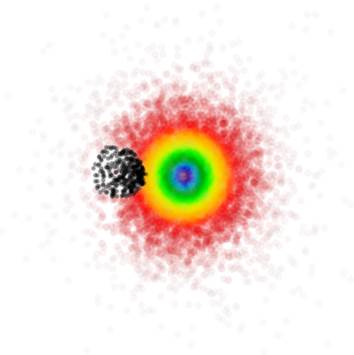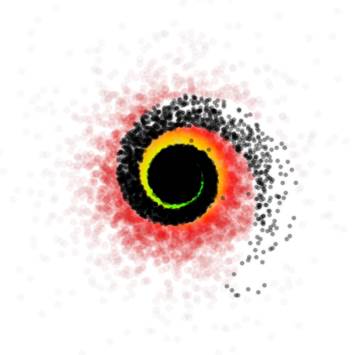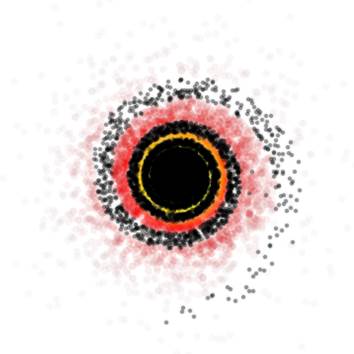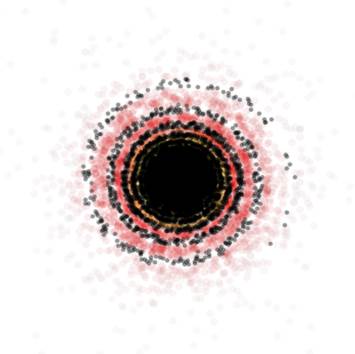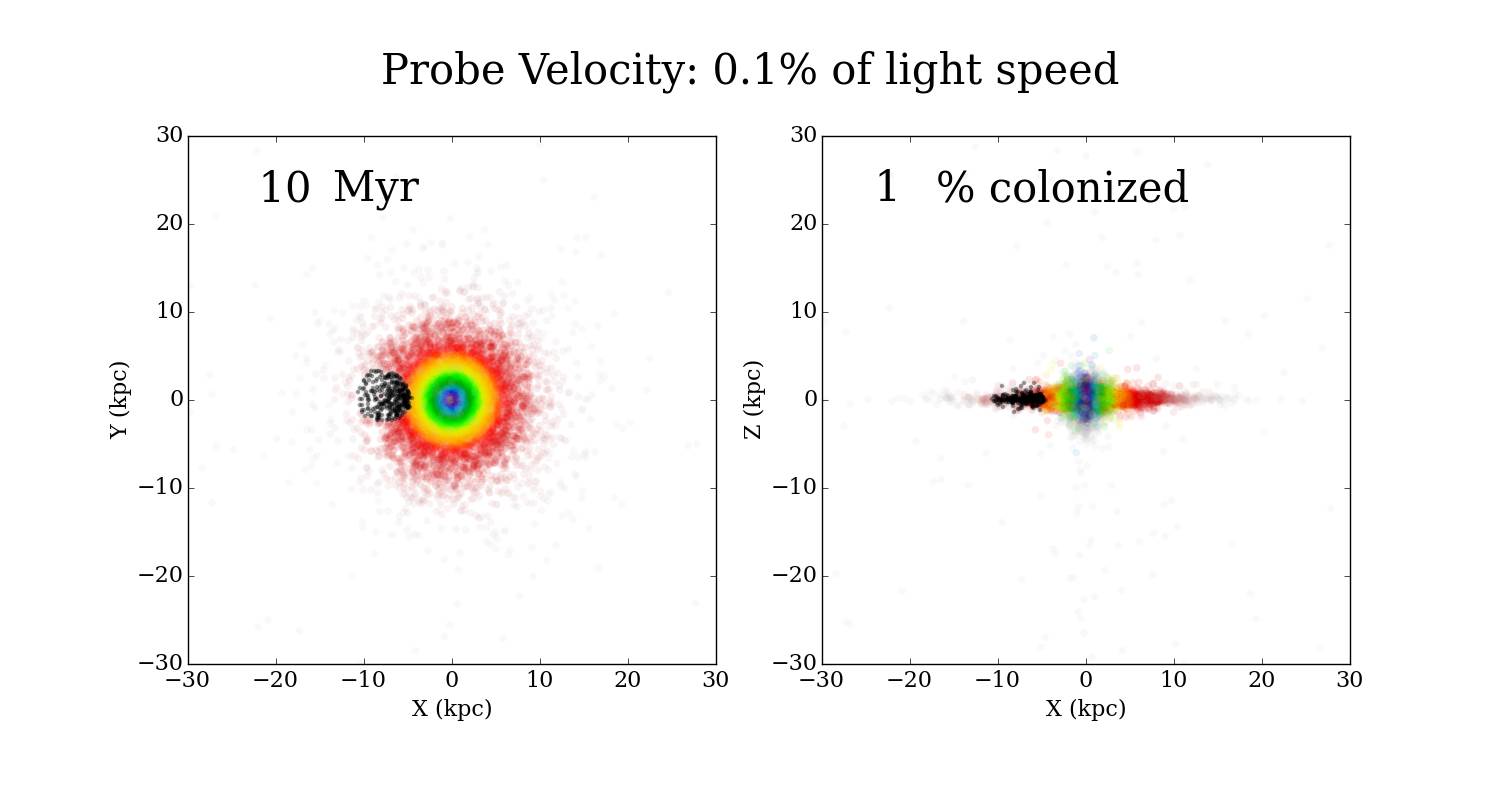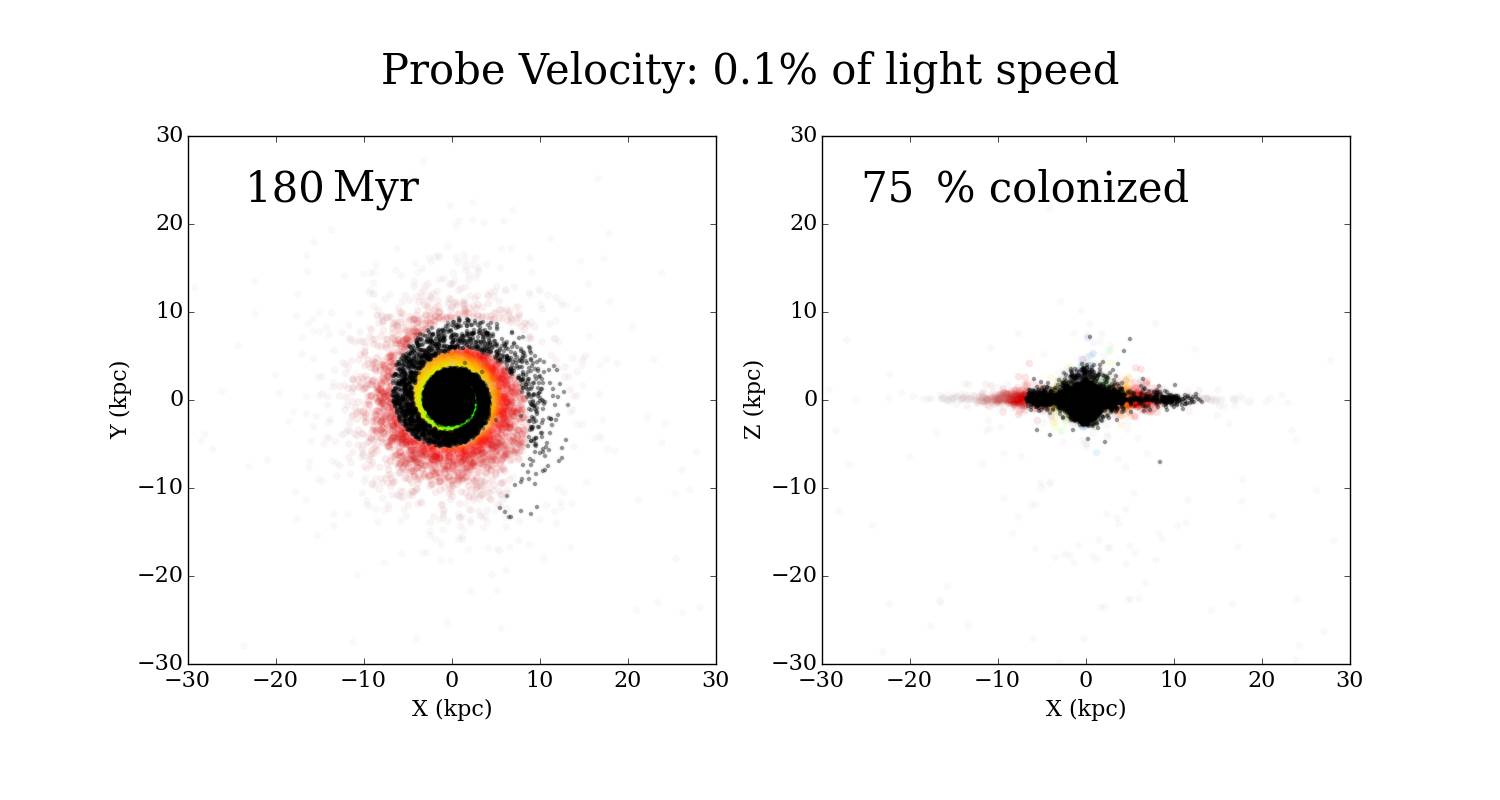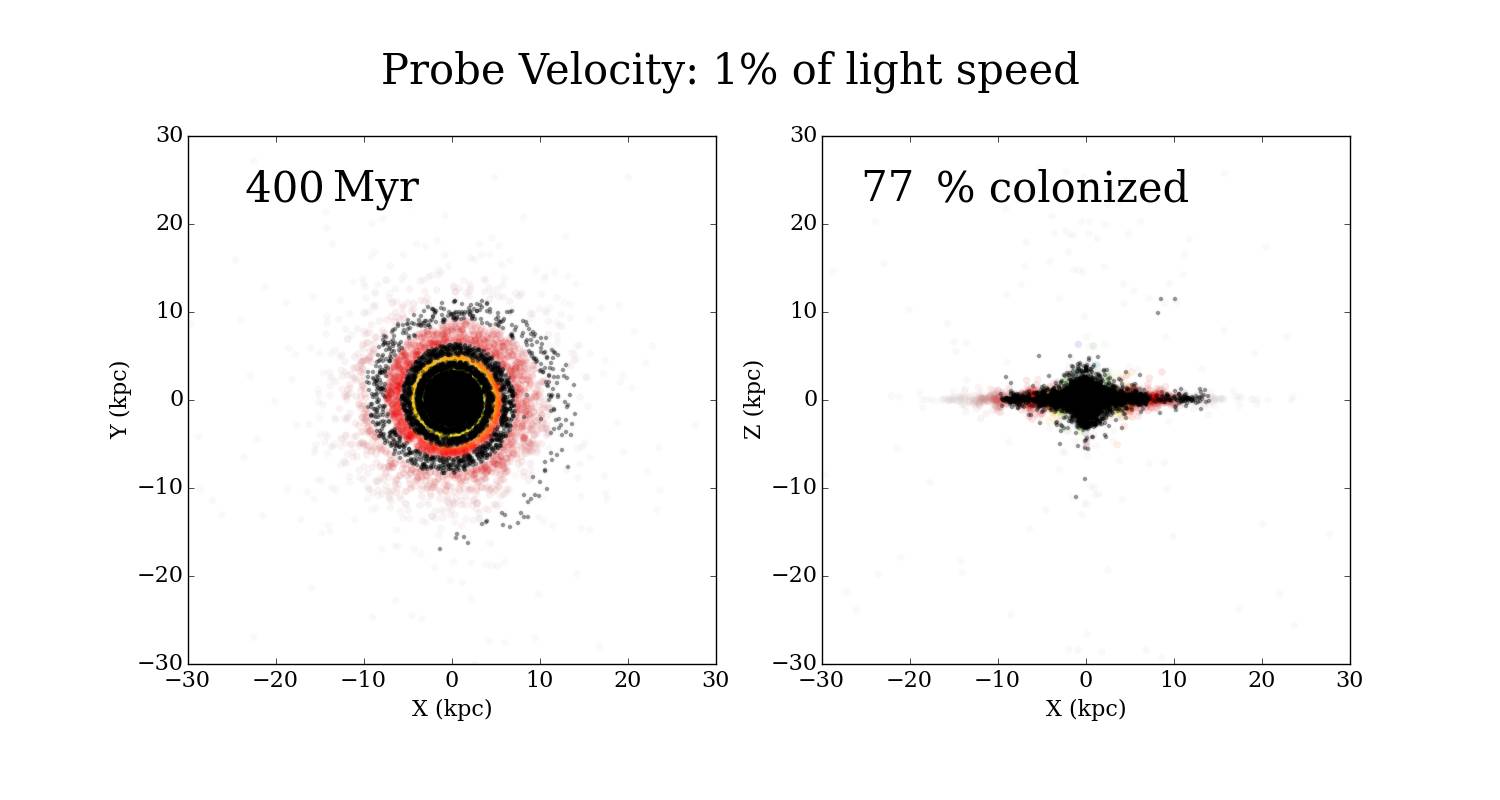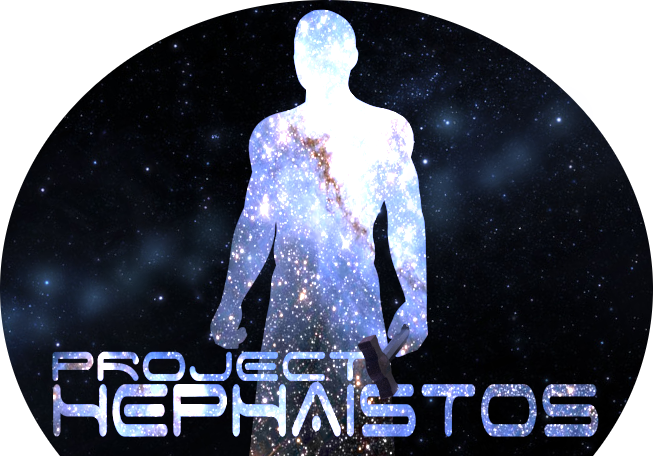
About Project Hephaistos
The scientific search for intelligent life in outer space represents one of the most compelling quests that humanity has ever undertaken. In recent years, astronomers have discovered large numbers of exoplanetary systems, and if one entertains the notion that intelligent life may not be unique to our planet, the Search for Extra-Terrestrial Intelligence (SETI) would seem like a promising endeavour. However, astronomers have now been scanning the skies for more than 60 years, without detecting any communication signals from alien civilizations. While signal-based searches should certainly continue as new and better telescopes (like the Square Kilometer Array) come on line, alternative strategies should also be considered.
What if the nearest extraterrestrial civilization is too far away to contact us? Or what if we are simply considered too primitive to warrant contact? Could we then still somehow detect the existence of other civilizations? Possibly. An alternative to the classical, signal-based approach is to search for signatures of alien technology – like large-scale engineering projects, interstellar propulsion mechanism and industrial pollution in the atmospheres of exoplanets. Searches of this kind make no assumption on the willingness of extraterrestrial civilizations to contact us directly, Moreover, non-detections resulting from suitable designed searches of this kind can yield meaningful upper limits on the prevalence of civilizations using the assumed technologies.
Project Hephaistos, named after the Greek god of blacksmiths who crafted much of the magnificent equipment of the Olympian gods (chariots, weapons and even automatons), belongs to this class ofťnew SETI endeavours, focusing on the search for signatures of extraterrestrial technology rather than looking for signals deliberately sent our way.
Project Hephaistos, the first Swedish SETI project, has been made possible thanks to financial support from the Magnus Bergvall foundation and Nordenskjöldska Swedenborgsfonden.
Logotype design: Genoveva Micheva